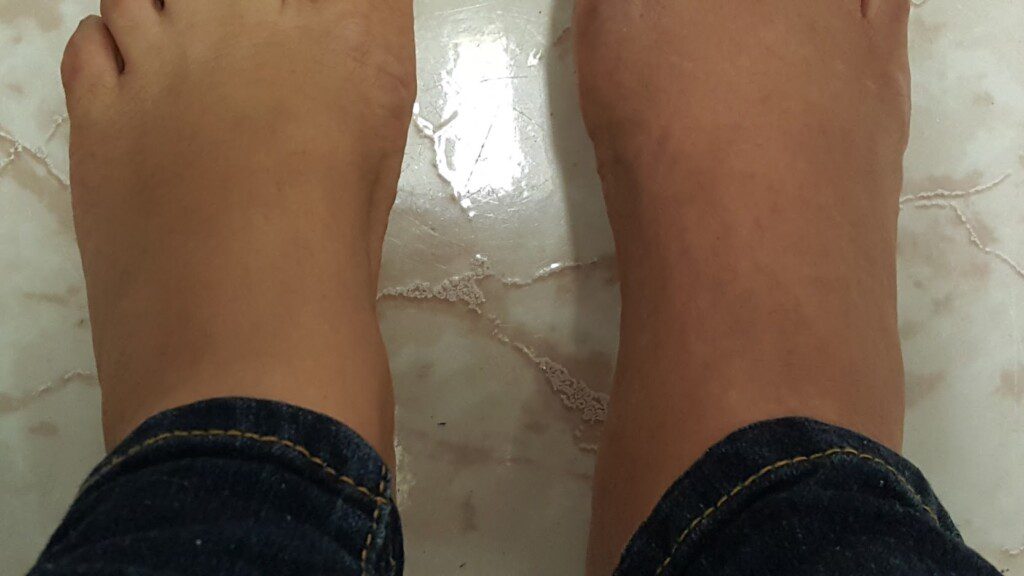Written by Michelle Kellogg for the RSDSA blog.
How and when did you develop CRPS/RSD?
I was officially diagnosed October 20, 2016, but we believe I originally developed it in January 2015 after surgery. It was my second surgery on that limb, a simple surgery just to remove hardware that we believed I was allergic to. During that surgery, my surgeon noticed I had a nerve that was completely covered in scar tissue. He attempted to debride the nerve. Later, after removal of all bandages, I noticed the area where the debrided nerve was had become incredibly sensitive… as in, sick to my stomach if you just look at it kind of sensitive. He attributed it to the debriding and assumed he nicked the nerve. He expected it to heal with a little time. It didn’t.
Seven months later, I ended up having a full fusion done on that foot as we learned the first surgery (a repair) never took. I went to another doctor for a second opinion who suggested we just remove the offending nerve, since that area was still sensitive. My surgeon concurred and performed the neurectomy. Recovery from that surgery was hell, and after fully being out of the cast, my foot, ankle, and calf were very swollen and often a dark red and purple. It was hypersensitive; I couldn’t even let my bed sheets touch it, but if I applied a firm, even pressure, I could handle that. For instance, I could put a sock on (it was hell) but once it was on, it was okay at least for a while. After one exam where my leg was purple and so sensitive that he couldn’t even touch it, he immediately sent me to his friend who is a pain doctor who specializes in RSD/CRPS. He got me in that same day, listened to my history, took one look at my leg, and said, “I’m sorry to say it, but you do have CRPS.”
What has daily life been like since your diagnosis?
I have good days and I have bad days. I recently had to have surgery on my CRPS-affected limb (affectionately—or not so affectionately—referred to as Frankenankle, or Frank for short) to remove the hardware from the fusion surgery due to my metal allergy. We tried to put it off or skip it, but it got to the point that it was causing systemic inflammation, including cardiac inflammation, so it had to come out. We did everything right: gabapentin for two weeks prior to surgery and 6-8 weeks post-surgery, lumbar sympathetic nerve block within a few days of surgery, ketamine during surgery, no general anesthesia (spinal block)… and what was slated to be an outpatient surgery ended up with a three night hospital stay due to the major CRPS flare it triggered, including full spread to my right foot (now affectionately/not affectionately referred to as Ethel).
After diagnosis in 2016, I had several lumbar sympathetic nerve blocks (LSNB). At the time, I did not feel they did much. I never really experienced relief. But looking back at my journal, I realize they did help, just not in an immediate fashion. About two weeks after my third (and final for 2016) LSNB, the color in my leg returned to mostly normal. I still had sensitivity, but it had calmed a little. Beginning of 2017, I learned about alpha lipoic acid (ALA) being an up and coming supplemental treatment for CRPS, so I started taking it. My pain doc had me increase the dosage, and I started to feel relief. I also resumed my ketogenic diet, and that helped, too.
From about mid-2017 to mid-October of this year (2019), I was good. I was able to wear socks and shoes (well, a surgical shoe on Frank because of the swelling caused by the allergic reaction and exacerbated by the CRPS), walk around, live my life. In 2018, I noticed the CRPS was starting to spread to my other foot, but it was just a mild burning sensation and mild discoloration; I was not too worried about it. My doc wanted to do another LSNB to stop the spread, and I consented. And it did, mostly, stop the spread. Until I injured that foot in March 2019, and it spread more. But it was still mild, so I let it be.
Now, post-surgery, I’m struggling a lot. I’m stubborn, though, and refuse to let CRPS own me or my life. I may not be able to walk much, the CRPS has fully spread to my other foot (Ethel), and if either foot is down (standing or sitting normally) for more than a couple of minutes, they both start screaming… but I refuse to let it stop me from doing the things I love. November is a crazy month for me as I am a volunteer for a non-profit organization whose biggest month (and highest need for active volunteers) is November. The non-profit is called National Novel Writing Month and I am one of the coordinators for the entire Denver region. We get together and write; I host “write-ins” at cafes, restaurants, libraries, etc. several times per week; I organize our annual writing retreat up in Estes Park (as well as attend). It is stressful and time consuming, but I also love it. Additionally, I am a member of a choir that is also a non-profit, and I serve on the Board for that, as well. I may have to sit for choir rehearsals and concerts, and grab an extra chair when at a café for a write-in to elevate my leg, but I am still doing what I love and love doing it.
What is one thing you wish those without CRPS/RSD could understand?
The number one thing I wish those who do not have CRPS/RSD could understand is that it is not like the pain they have experienced. Showing them the McGill Pain Index only helps so much—they just cannot understand or grasp the level of pain that happens. And I am glad for them that they cannot grasp it, because it means they have never experienced it. But that does not mean they should attempt to diminish that which we all know and suffer through every day. Taking medications—including opioids—does not mean we are addicts or incapable of living our lives. It is just a tool in the tool box to help us get out and do what we can.
What advice would you give to newly diagnosed Warriors?
My number one piece of advice is to learn about this condition. Be a sponge and absorb every single thing you can. Read books. Read medical journals. Read the RSDSA website. Read blogs. Read social media posts and groups. Because far too often we have to be our own advocates in health care and we need to know exactly what needs to happen, is happening, or has happened. Often, we have to educate our physicians on newer treatments or alternative treatments. This knowledge does not replace our doctors, but it can help navigate the medical world, which is already confusing and difficult.
A second piece of advice is: DO NOT IGNORE THIS CONDITION. Prevent spread as much as possible and do whatever you can to prevent flares. Mitigating both flares and spread is critical in the very beginning. If you notice spread, tell your doctor. Don’t be like me and ignore it; it was a sign that things were not quite as quiet as I’d thought.
What advice would you give to Warriors who have had CRPS/RSD for many years?
To quote one of my favorite movies, “Never give up; never surrender!” It’s cheesy, I know, and sometimes it is hard… really hard… but we must never give up or surrender ourselves—our very souls—to this condition. I know it’s hardest in the middle of the night, lying in bed, staring at the darkened ceiling, unable to sleep due to pain. The silence of the dark can be oppressive when you can’t silence your body, let alone your mind. It’s okay to cry, it’s okay to scream, it’s okay to let it out… but you have to pick yourself up afterward and keep fighting.
What activities or treatments have helped you find temporary or long term relief?
The two main non-medicinal treatments that have helped immensely are: Alpha Lipoic Acid and a ketogenic diet. I need to clarify that when I say a ketogenic diet, I mean one that is low carb and high fat with moderate protein. Period. There are many on the internet who try to define in their own way what a keto diet is, but ultimately a ketogenic diet is one that puts your body into a state of nutritional ketosis. You will find people that will say something/an ingredient “isn’t keto,” but that is because they are following some other definition of a keto diet outside of the actual and true medical definition of a keto diet. But I know for me, the keto diet has made a significant difference. When I “cheated” while on vacation and such, my CRPS pain would flare up like mad. If I missed more than two days of ALA in a row, the CRPS pain would flare up. While neither are cures, and neither are currently helping with this major flare I am in, I know they provide me the best non-medicinal options.
As far as medicinal treatments go, I have found that the LSNBs have helped long-term, even though I did not realize it. They do not provide immediate relief (for me—they do for some). I worry about scar tissue in the spine from them, as I scar very easily, but if I do them infrequently, they still help. I was also given ketamine troches, and those help take the tip of the edge off the intense burning/taser-like pain.
Non-medical activities that help me a lot are knitting (I find it calming and relaxing and helps to fend off anxiety) and writing. Writing—whether about CRPS or not—can be a very cathartic activity, whether it’s journaling, blogging, communication, or more formal like writing a fiction book or even a non-fiction self-help book. I highly recommend it for everyone.
Anything else you would like to add?
As important as it is to have good doctors, it’s just as important—and dare I say MORE important—to have a good support system. Whether it’s family, friends, coworkers, or even random people on the internet, having others you can lean on (especially during a flare) is critical. I am blessed to have an incredibly supportive husband and two crazy supportive teens, plus an entire community online if/when I need them. I know I am one of the lucky ones… but finding some kind of support is vital. If you believe you have no one, you are wrong. You have me. Email me (FightingCRPS at gmail dot com) or find me on social media. I will be there for you.
And finally, keeping a sense of humor is so important. It is true that laughter has healing properties. We will never laugh so much that we cure CRPS, but the endorphins that laughter releases can help, even if just for a moment. That is part of why I named my leg Frankenankle, Frank for short. I did that before CRPS. Because I needed to laugh at it, give it a silly name. With the spread, Frank needed a partner… and thus, Ethel was born. I have gotten to where I just say Frank and Ethel, and use their associated gender pronouns (him/his/he for Frank, her/hers/she for Ethel) regularly. If I grimace from a zap or a zing, I just say, “Frank is angry,” or “Ethel is saying hello” and those around me know what I mean. I even have my doctors referring to them as Frank and Ethel.
Keep a sense of humor. Find things to laugh at, whether it is funny YouTube videos of cats, silly memes on social media, comedic movies/TV shows to watch… whatever it is, just laugh.
Please consider making a donation to RSDSA today!

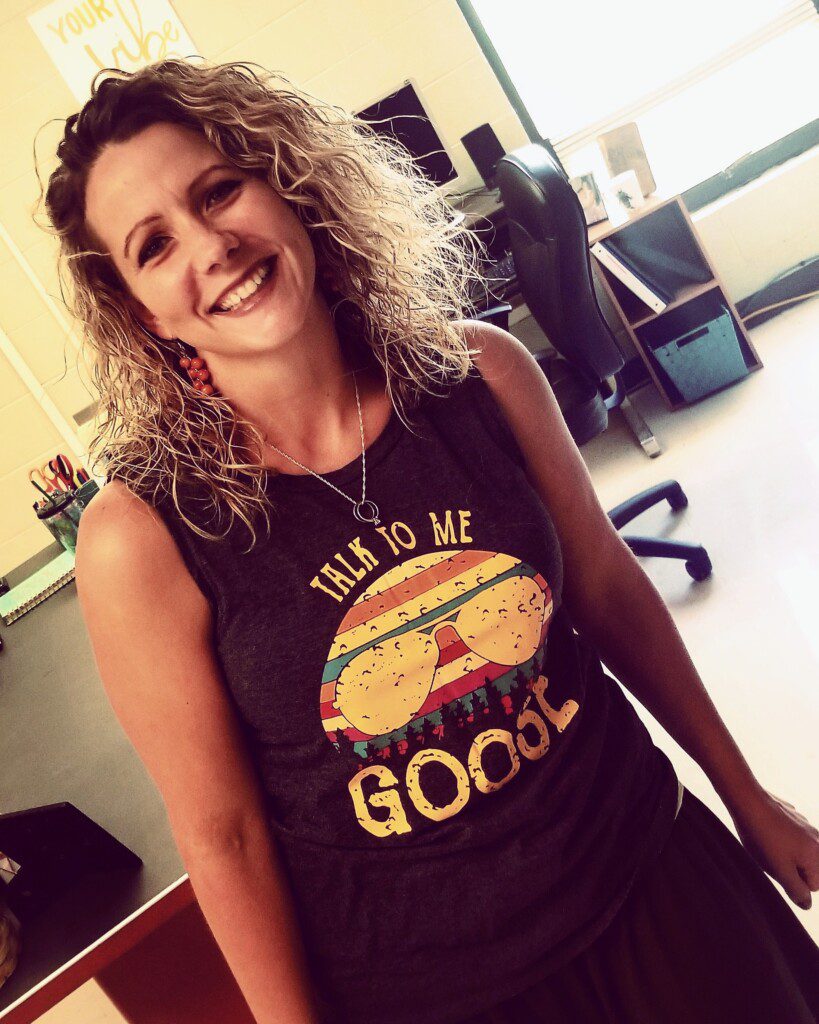 How and when did you develop CRPS/RSD?
How and when did you develop CRPS/RSD?
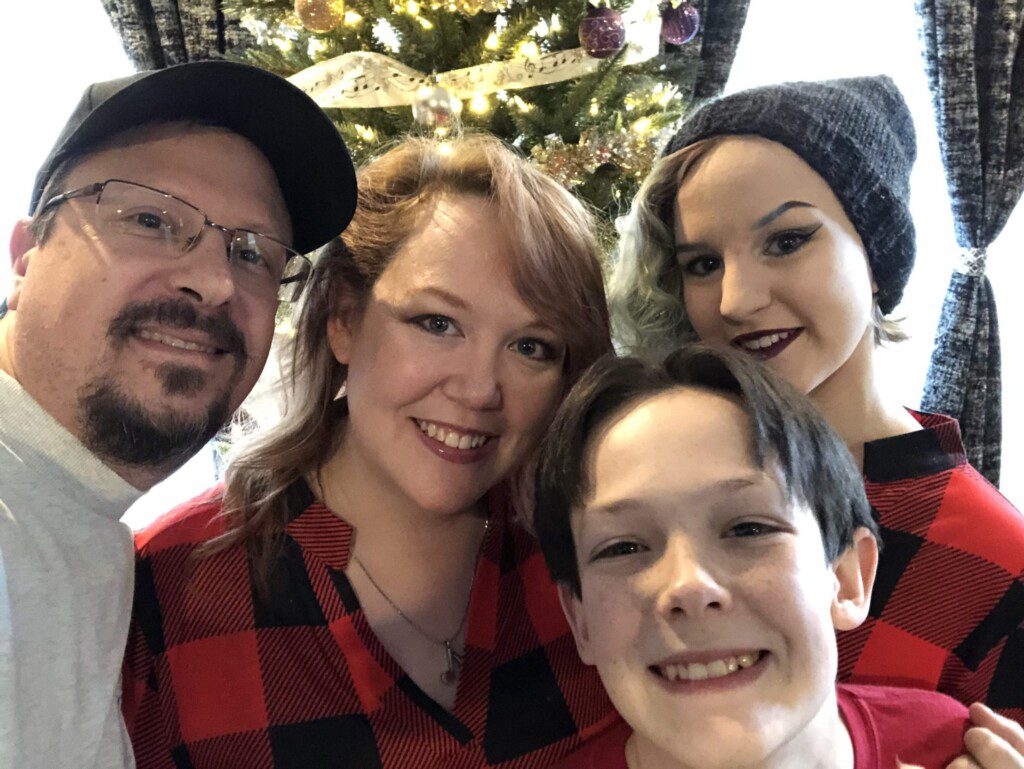
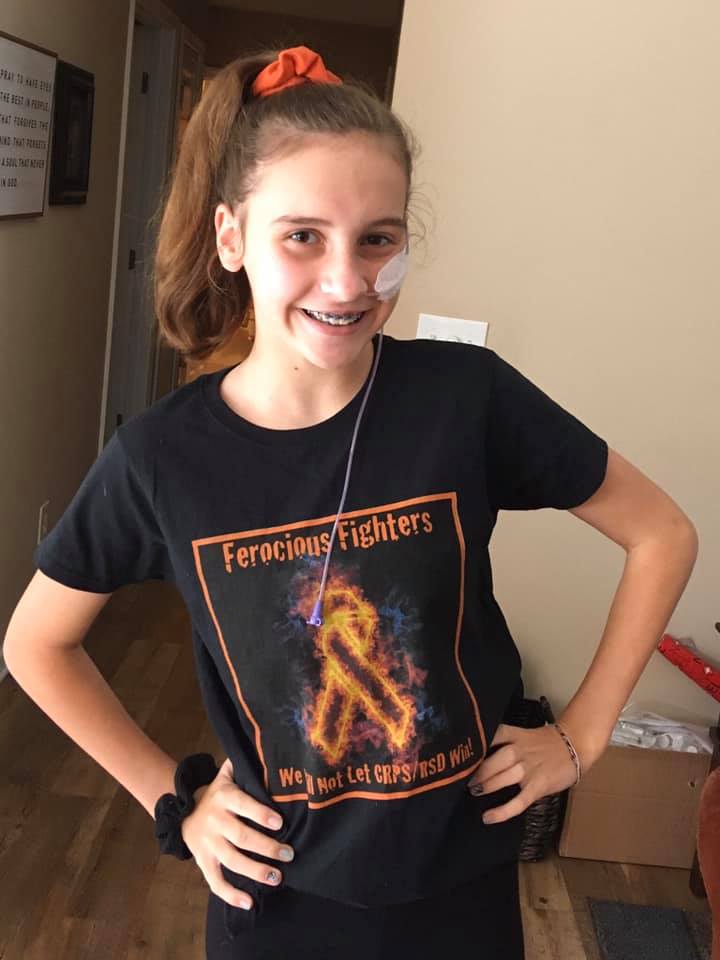 How and when did you develop CRPS/RSD?
How and when did you develop CRPS/RSD? 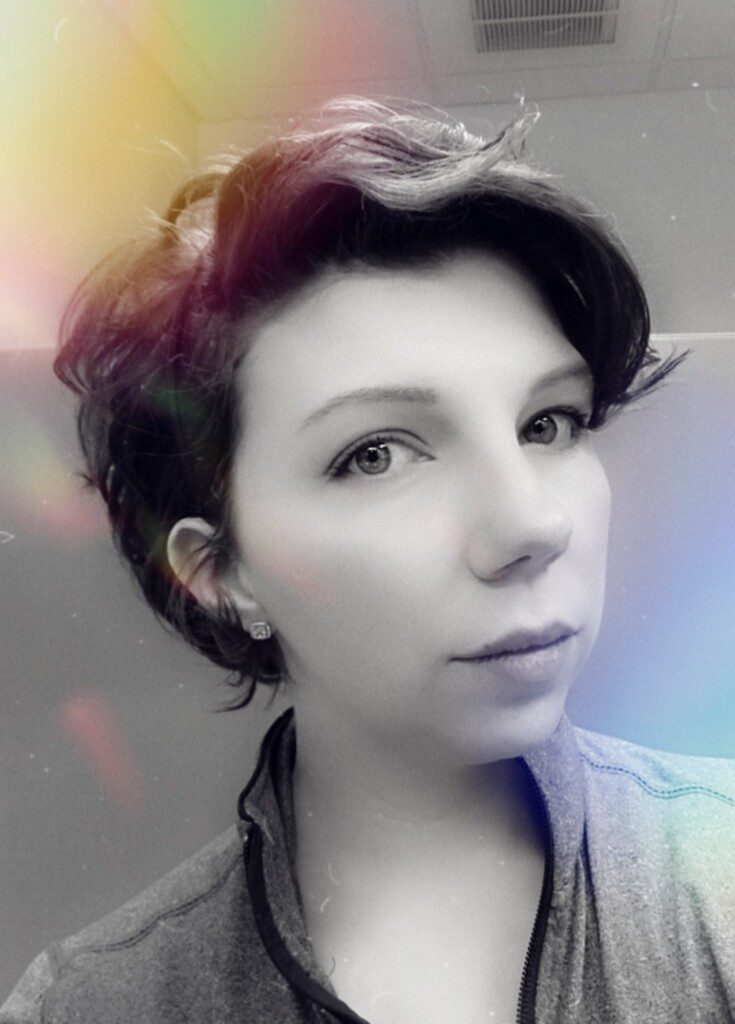 How and when did you develop CRPS/RSD?
How and when did you develop CRPS/RSD?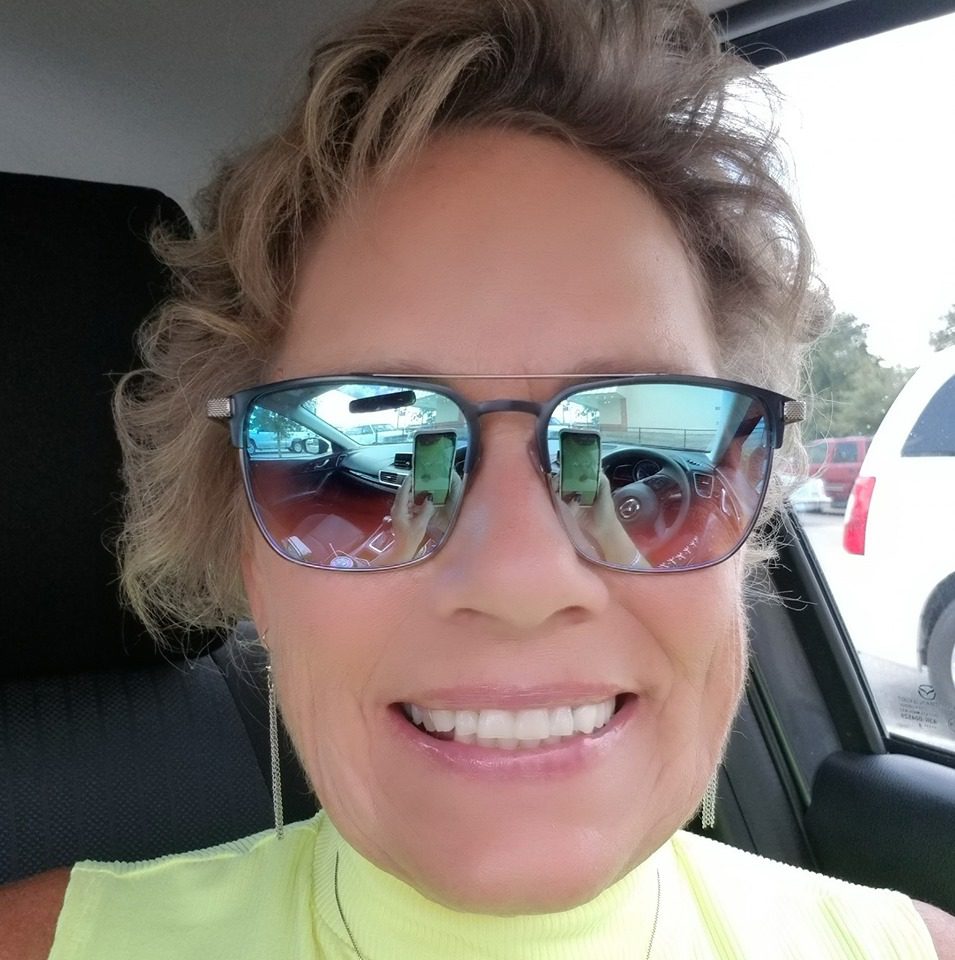 How and when did you develop CRPS/RSD?
How and when did you develop CRPS/RSD? 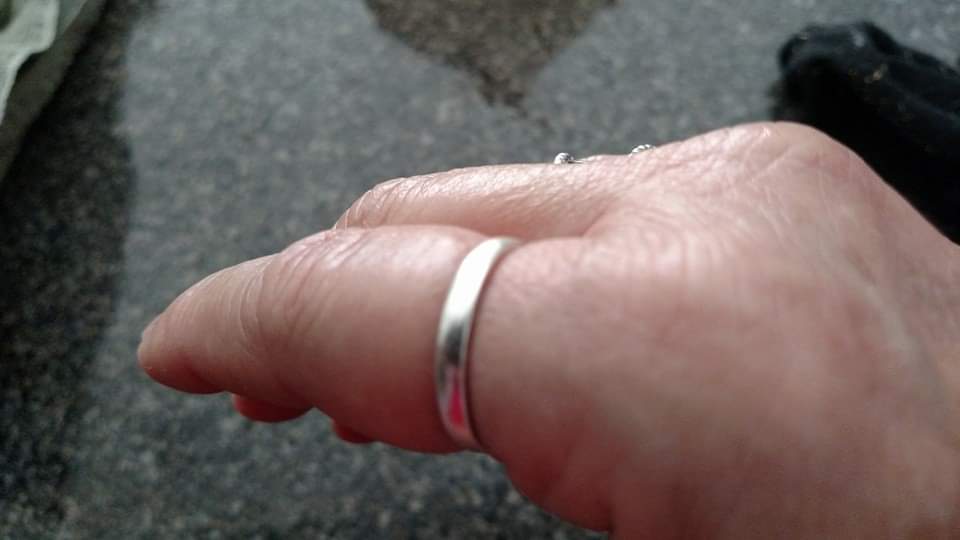
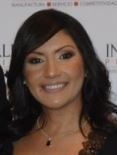 How and when did you develop CRPS/RSD?
How and when did you develop CRPS/RSD?